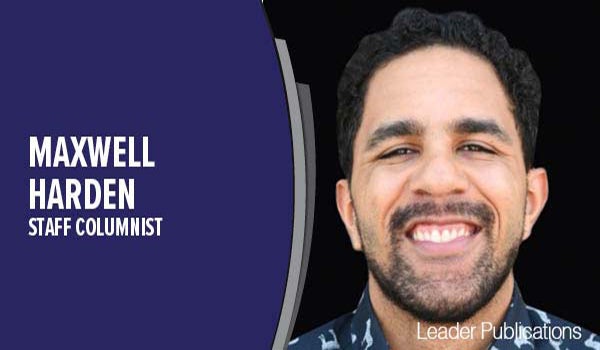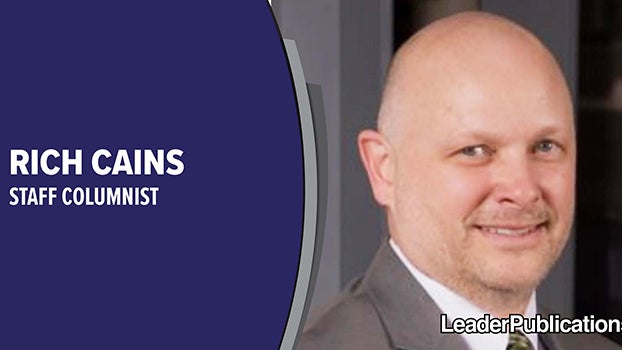Not all cartoons are meant for children
Published 9:29 am Thursday, October 15, 2015
Nothing quite sparks a conversation like an over-the-top caricature of a politician who has made some public blunder or an artist spotlighting our society’s flaws. That is exactly what editorial cartoonists do in newspapers across America.
It was with that in mind a few months ago that Leader Publications began running an editorial cartoon every day in the Niles Daily Star and the Dowagiac Daily News, as well as weekly in the Cassopolis Vigilant and the Edwardsburg Argus.
Needless to say, it has certainly started some conversations — for better and worse. We get quite a few phone calls, emails and correspondence about the various cartoons.
And we love that!
We welcome more feedback, especially well-argued letters to the editor that address the cartoon and the issue it was tackling. We know not everyone will agree with each cartoon but we try to rotate the topics, targets and political leaning as much as possible.
Editorial cartoons have been an instrumental part of newspapers for decades, but the roots go back much farther. Satirists have been drawing pictures to illustrate social injustice or provide political commentary since the early 1700s.
Many cartoonists have used their medium as a vehicle for promoting social change or supporting democracy, perhaps none more famous than Benjamin Franklin’s “Join, or Die” that illustrated the need for the original colonies to come together; first against the French and, later, the British.
“Editorial cartooning has a much stronger tradition in the romance language and Arabic speaking countries where editorial cartoonists are among the most influential voices in society. It is no surprise that editorial cartoons are the flashpoint of a clash of civilizations,” syndicated cartoonist Daryl Cagle wrote in a January 2015 column. “The calls for cartoonists to self-censor are absurd. In a free society we will always have a broad range of voices. Extremist cartoonists are effectively censored when there are no publications willing to convey their rants — and no audiences who want to see their offensive work. Cartoonists are constantly pushing the limits, with editors guarding the red lines, pushing back.”
At the time, Cagle was responding to the terrorist attacks at a French magazine where 12 people were killed and 11 more were wounded. Cagle’s challenge to the world was that important messages should not be silenced just because they offend one group or another.
“In France, the heroic Charlie Hebdo cartoonists lampooned issues that are important to their French audience, with Muslim extremists at the top of their lampoon-list. Cartoonists respond to intolerance with ridicule. Typically, timid editors respond to intolerance with too much restraint,” Cagle wrote. “There should be no ‘red lines,’ just good judgment. Editors should show more bravery. The cartoonists are already brave; we need more editors who cover our backs.”
Regardless of which side of the aisle you sit or what your views are on a particular hot-button topic, the ability to hear dissident views or face criticism is fundamental to our democracy.
Good editorial cartoons can make us laugh or even cry, but the very best ones will make us truly think about the world in which we live.
Michael Caldwell is the publisher of Leader Publications LLC. He can be reached at (269) 687-7700 or by email at mike.caldwell@leaderpub.com.




